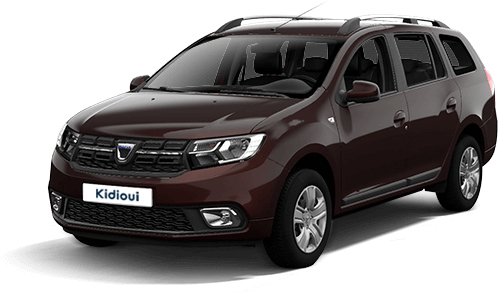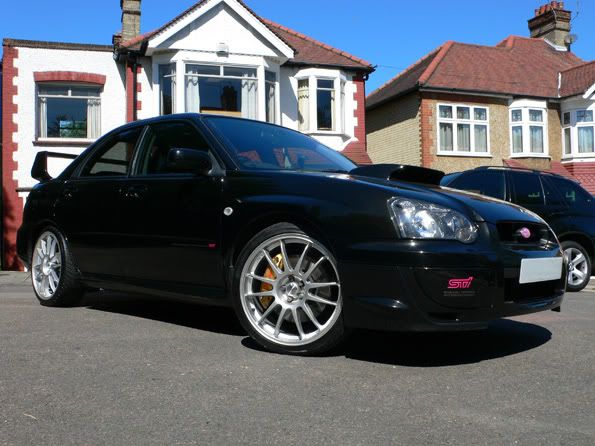- This topic has 47 replies, 23 voices, and was last updated 12 years ago by coffeeking.
-
Which 2/3 year-old 4WD hatchback? Lancer, Impreza, Golf or other?
-
MountainMutantFree MemberPosted 12 years ago
I’ve had 2 Imprezas. Fastest b road car I’ve ever had. Amazing handling…but with 19’s shite in the snow!
horaFree MemberPosted 12 years agoDo you drive round in a woolly hat as though your heaters broken? 😉
Dacia Duster – as soon as it hit these shores my order is going in. 10k for a basic offroader like that is a bargain.
LSFree MemberPosted 12 years agoDo you drive round in a woolly hat as though your heaters broken?
😆
molgripsFree MemberPosted 12 years agoSaw lots of Dacias in Germany. Undeniably great value and some very practical looking configurations but ugly as hell!
5labFull MemberPosted 12 years agoYou have to think about how it’s applied, 4WD engine braking is approximately 50:50 front rear continuous retarding force (assuming you don’t lock one end by dabbing and it’s better to have something like a viscous locking centre diff).
whilst this is true, the amount of braking that can be done with engine braking is limited, and in addition, you don’t want 50% of braking forces to go to the rear of the vehicle, as it is unweighted in most cars in normal driving and more so in a stopping manouver
ABS is a pulsating force applied after the brakes have locked and cannot cope with all-wheels-locked situation so must reduce at least one wheel to zero braking to re-gain traction, then pulse them again (snow and ice don’t like sharp stabby brake variations). EBD is effectively super-ABS, again can’t cope with a fully locked situation and relies on the same initial ~80:20 brake bias on a normal FWD car, so will rely on breaking traction before it can identify what to do, and again varies brake force by pulsative stabbing of the brakes.
that’s just not true. abs pulses brakes so fast that the tyre is never locked. it uses flexability in the tyre sidewall to allow the contact patch of the tyre to keep moving – the pulses do not produce ‘stabby braking variations’ at the road. in addition, it does not reduce braking force to zero when it releases the brakes, it only releases them just enough for the wheel hub to continue rotating before reapplying the brakes. The sensors register millions of times per second, I don’t think there is an issue where all 4 wheels lock up simultaneously (i’ve never seen it).
EBD is far superior to abs, and applies maximum braking force to each individual wheel. There is no way this is possible to do on a awd vehicle – in fact, the vast majority of them, with open diffs, will, once a wheel has lost traction, apply no braking force at all to the other wheels, as the diffs effectively push all the force to the wheel with the least traction.
Both EBD and ABS only work above a certain speed, manufacturer dependent and I think about 5mph, which is plenty of momentum on snow/ICE to still be an issue.
this is true but the speed is somewhat south of 1mph, so again, a non issue. I’d like to see how you can apply engine braking below walking speed without a low ratio box anyway
Plus, on the human-machine interface, most humans can’t cope very well with the fact that the electronics help some of the time but not all of it. Might let you steer round the problem but that doesn’t help if there’s no exit route or you’re just trying to get down a really steep hill.
as above, they do help. modern braking systems apply maximum braking force to each wheel, whilst keeping the car going where the owner points it. all you have to do is stamp on the brakes and it will bring you to a halt way faster than engine braking ever could
On the contrary, 4wd engine braking is continuous,
until you reach the lower limits of a gear and have to shift down, or you’re going slow than idle in 1st gear
loads all wheels approximately equally
until one of them loses traction at which point the other wheels will recieve no retardation force
varies continuously rather than in pulses
it doesn’t vary at all it applies the same force (could be too much to maintain grip, could be well below the grip threshold), and as mentioned above the pulses are so quick as to be the most effective way of slowing a vehicle
and is infinitely variable with clutch control.
this can reduce engine braking, but it can’t increase it. braking is infinately variable, from 0 braking to the most that each wheel can take
I’ve run the same car with and without ABS, I’ve done quite a few tests in car parks and on hills, and I know which I prefer the control of when the going gets really nasty!
older ABS systems are a bit sub-optimal, and can get confused by snow. modern systems with ebd are the most effective way of bringing a vehicle safely to a stop
Some super-snazzy electronic control systems have mitigated the problems by having a “snow mode” (though lots of older “snow mode” systems just turn off the ABS AFAIK) which does it’s best to replicate 4 wheel engine braking…
except it doesn’t have flaws such as not working if a wheel loses traction, or being limited to the amount you can slow a vehicle
interesting vehicle about esp (I don’t think this car has ebd)
coffeekingFree MemberPosted 12 years agoI don’t have time to answer all the points in detail but:
whilst this is true, the amount of braking that can be done with engine braking is limited, and in addition, you don’t want 50% of braking forces to go to the rear of the vehicle, as it is unweighted in most cars in normal driving and more so in a stopping manouver
During an engine braking manouvre there’s limited forward weight transfer, 50:50 is perfectly acceptable without locking the rear.
that’s just not true. abs pulses brakes so fast that the tyre is never locked. it uses flexability in the tyre sidewall to allow the contact patch of the tyre to keep moving – the pulses do not produce ‘stabby braking variations’ at the road. in addition, it does not reduce braking force to zero when it releases the brakes, it only releases them just enough for the wheel hub to continue rotating before reapplying the brakes. The sensors register millions of times per second, I don’t think there is an issue where all 4 wheels lock up simultaneously (i’ve never seen it).
Sure, it tends to create a smoothed form due to tyre compliance, but it does require the tyre to pass the ideal braking force and start to lock to initiate. I’ve personally had all 4 wheels locked up and sliding with ABS on snow, without a hint of ABS action.
as above, they do help. modern braking systems apply maximum braking force to each wheel, whilst keeping the car going where the owner points it. all you have to do is stamp on the brakes and it will bring you to a halt way faster than engine braking ever could
I wasn’t comparing ABS to engine braking in an emergency situation, to be fair, I was comparing it in a normal driving situation and a situation such as on a steep hill where you don’t want to be touching the brakes at all.
until you reach the lower limits of a gear and have to shift down, or you’re going slow than idle in 1st gear
Yup, around walking pace in my car.
until one of them loses traction at which point the other wheels will recieve no retardation force
Not if you have a decent 4wd system (as mentioned in my original post) – open diffs are not a decent system.
this can reduce engine braking, but it can’t increase it. braking is infinately variable, from 0 braking to the most that each wheel can take
Not really needed below walking pace though, which is the “0” for engine braking. Below idle speed ABS doesn’t work anyway. Plus I have the option to add to the engine brakign with the normal brakes should I need it.
older ABS systems are a bit sub-optimal, and can get confused by snow. modern systems with ebd are the most effective way of bringing a vehicle safely to a stop
My car has ABS and EBD. It holds the car straight when stopping but it stops slower than I can with manual brake and gear control. Every time.
except it doesn’t have flaws such as not working if a wheel loses traction, or being limited to the amount you can slow a vehicle
Neither is normal 4wd engine braking.
interesting vehicle about esp (I don’t think this car has ebd)
While I’m not disagreeing that electronics can help in many situations, and as mentioned the newer cars capabilities (ESP) are good and designed for snow and ice situations (which earlier cars don’t have any of this), my point is that ABS (and in my experience EBD) is not as good as what can be achieved with decent car control in a 4wd vehicle. ESP has the built in ability to predict and counteract. EBD and ABS are somewhat more shoddy. I’ll happily take you out for a spin in my cars and show you my test results in person if you like. What, as always on motoring shows, they don’t show in that clip is someone driving properly. Take, for example, the shot of tiff trying to get up the ice slope without traction control, he’s just revving the nuts off it and not trying to match wheel speed to ground speed at all, of course if you put zero control into the process you’re going to get sod all out.
The topic ‘Which 2/3 year-old 4WD hatchback? Lancer, Impreza, Golf or other?’ is closed to new replies.


